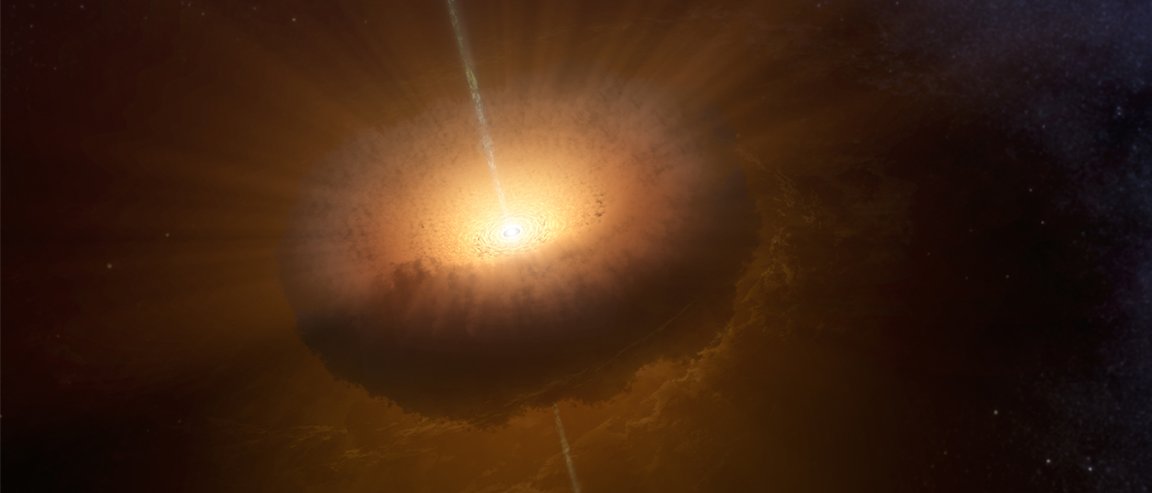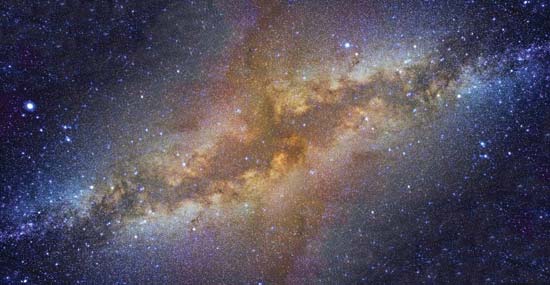
Lonely star
The unusual object called CX330 was first discovered in 2009, found using NASA’s Chandra X-Ray Observatory. It was observed to emit x-ray light and later on observed to be emitting optical light as well.
Chris Britt, a postdoctoral researcher at Texas Tech University at Lubbock, and his colleagues examined infrared images of the central region of the Milky Way taken using NASA’s Wide-field Infrared Survey Explorer (WISE). They found out that the object was surrounded by warm dust most likely heated by an outburst.

By comparing data from images taken by the Spitzer Space Telescope in 2007 and the data from WISE, the experts have determined that CX330 is a young star that had been outbursting for years. Within the three-year period, the star greatly increased by a very large factor.
The researchers looked at data from other observatories and they realized that the star is having a growth spurt in the middle of nowhere. Their interpretations are recently published in the journal Monthly Notices of the Royal Astronomical Society.
Other stars
Although CX330 has similarities with another outbursting star called FU Orionis, it is more compact, hotter and bigger than FU Orionis and other similar objects. It also launches faster outflows of material.
What puzzles astronomers is that young stars usually form in star-forming regions and feed off surrounding gas and dust, except CX330 which is located thousands of light-years away from the nearest star formation region. Some experts believe that CX330 was originally formed in a star formation area but was ejected into empty space in the galaxy. However, astronomers say that it is unlikely. It is also possible that this star is not alone in the region. Perhaps further exploration of the area will lead to more exciting discoveries.